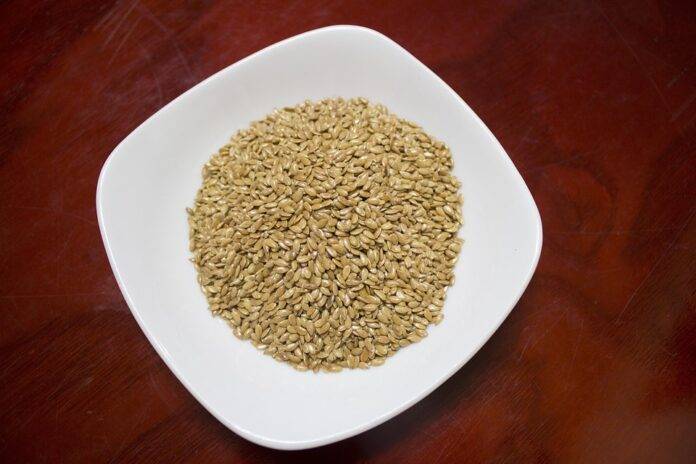The Impact of Currency Fluctuations on Flaxseed Trade and Pricing
Introduction
Flaxseed, also known as linseed, is a versatile crop that is widely used for its nutritional value and industrial applications. It is a popular ingredient in health foods, animal feed, and even in the production of linseed oil. The global flaxseed market is influenced by various factors, including supply and demand dynamics, weather conditions, and currency fluctuations. In this report, we will explore how currency fluctuations impact flaxseed trade and pricing.
Understanding Currency Fluctuations
Currency fluctuations refer to the changes in the value of one currency relative to another. These fluctuations are influenced by a variety of factors, including interest rates, inflation, political stability, and market speculation. Fluctuations in currency exchange rates can have a significant impact on international trade, as they affect the cost of imported and exported goods.
Impact on Flaxseed Trade
Currency fluctuations can have both positive and negative effects on flaxseed trade. When the value of a country’s currency depreciates relative to the currencies of its trading partners, it becomes cheaper for foreign buyers to purchase flaxseed from that country. This can lead to an increase in export volume and revenue for flaxseed producers in the depreciating country. On the other hand, a strengthening currency can make flaxseed exports more expensive for foreign buyers, potentially leading to a decrease in demand and lower export revenues.
Case Study: Canada
Canada is one of the largest producers and exporters of flaxseed in the world. The Canadian flaxseed industry is heavily influenced by currency fluctuations, particularly the value of the Canadian dollar (CAD) relative to the US dollar (USD). When the CAD depreciates against the USD, Canadian flaxseed becomes more competitive in international markets, leading to higher export volumes and prices. Conversely, a strengthening CAD can make Canadian flaxseed less competitive, resulting in lower export revenues.
Industry Insights
Flaxseed prices are also affected by currency fluctuations in other major flaxseed-producing countries, such as Kazakhstan, Russia, and Ukraine. These countries compete with each other in the global flaxseed market, and currency movements can impact their export competitiveness. For example, a depreciation of the Russian ruble can make Russian flaxseed more attractive to foreign buyers, leading to increased export volumes and prices.
Conclusion
In conclusion, currency fluctuations play a significant role in shaping the global flaxseed trade and pricing landscape. Fluctuations in exchange rates can impact the competitiveness of flaxseed exporters in various countries, influencing export volumes, prices, and revenues. It is essential for flaxseed producers and traders to closely monitor currency movements and adjust their strategies accordingly to navigate the challenges and opportunities presented by currency fluctuations.




